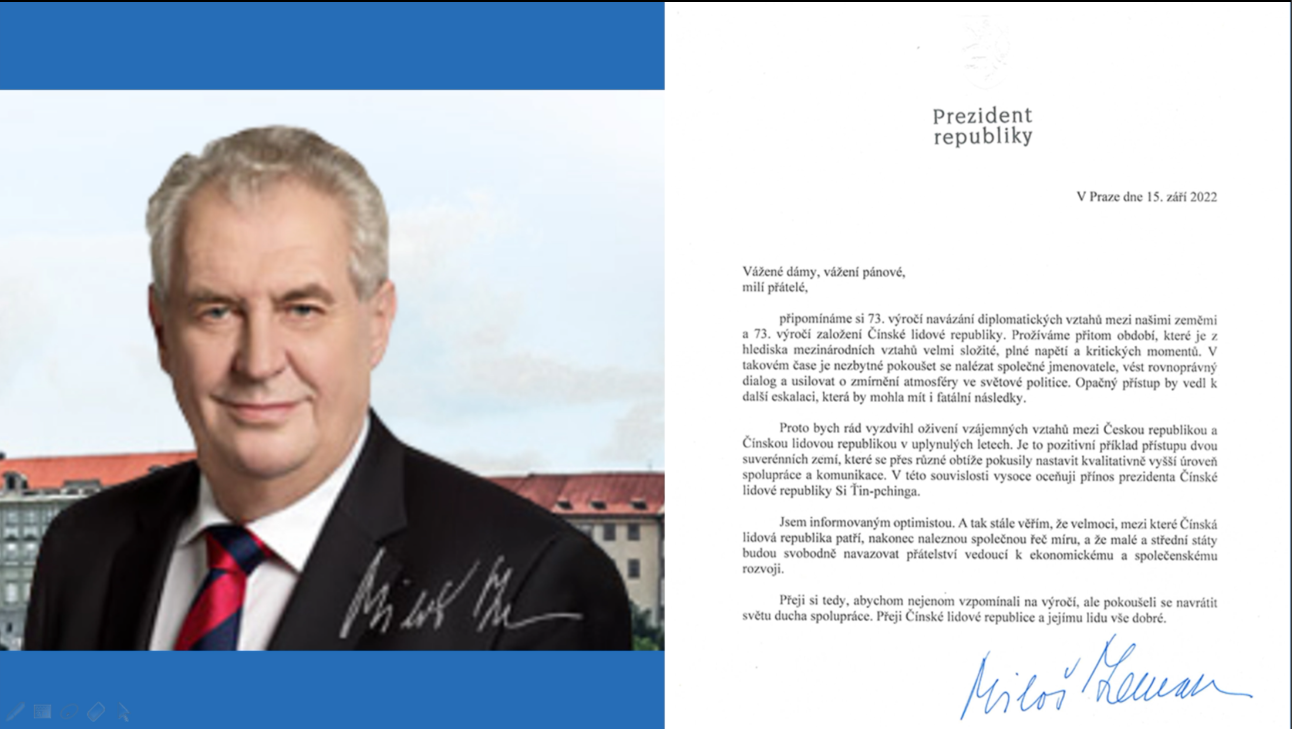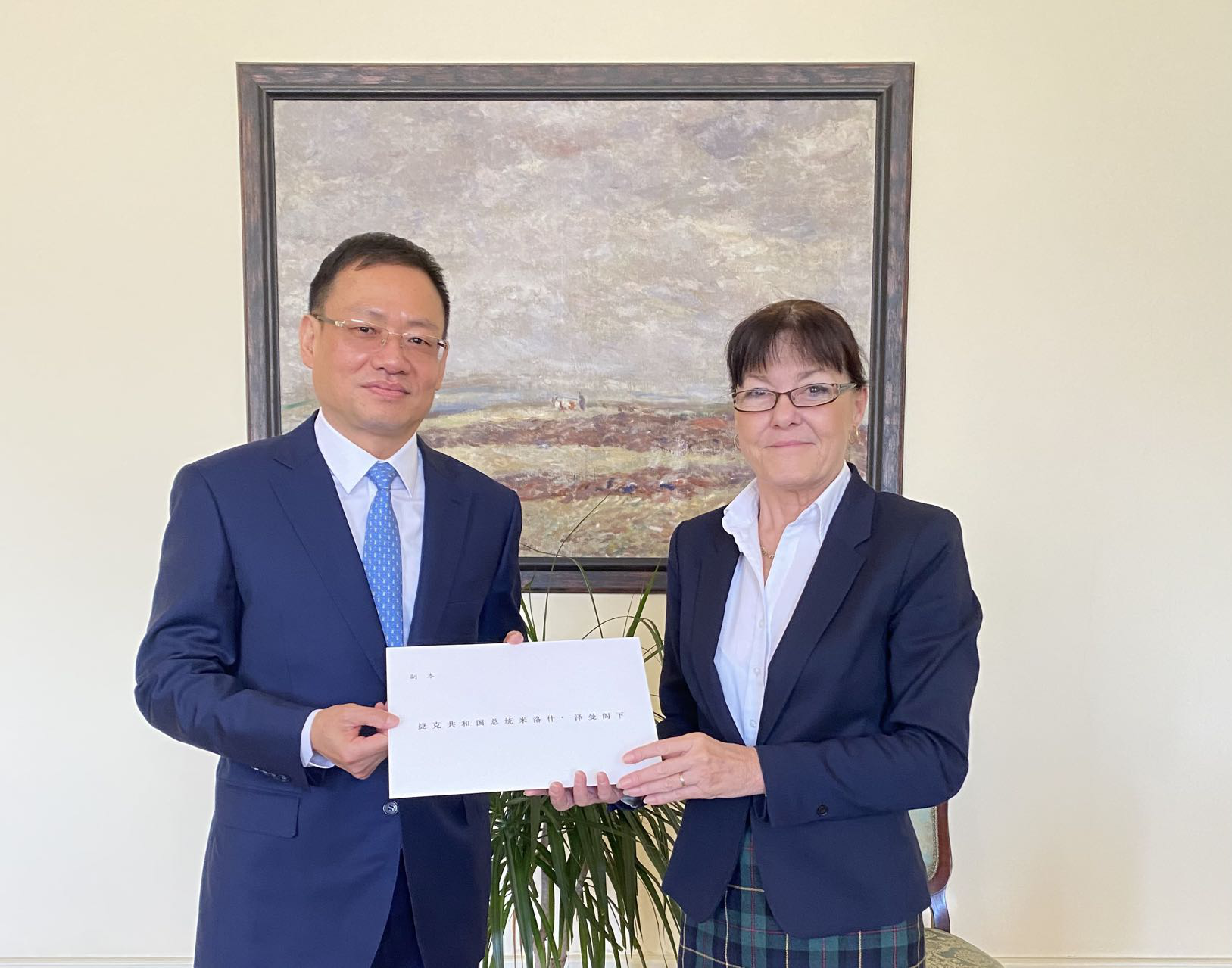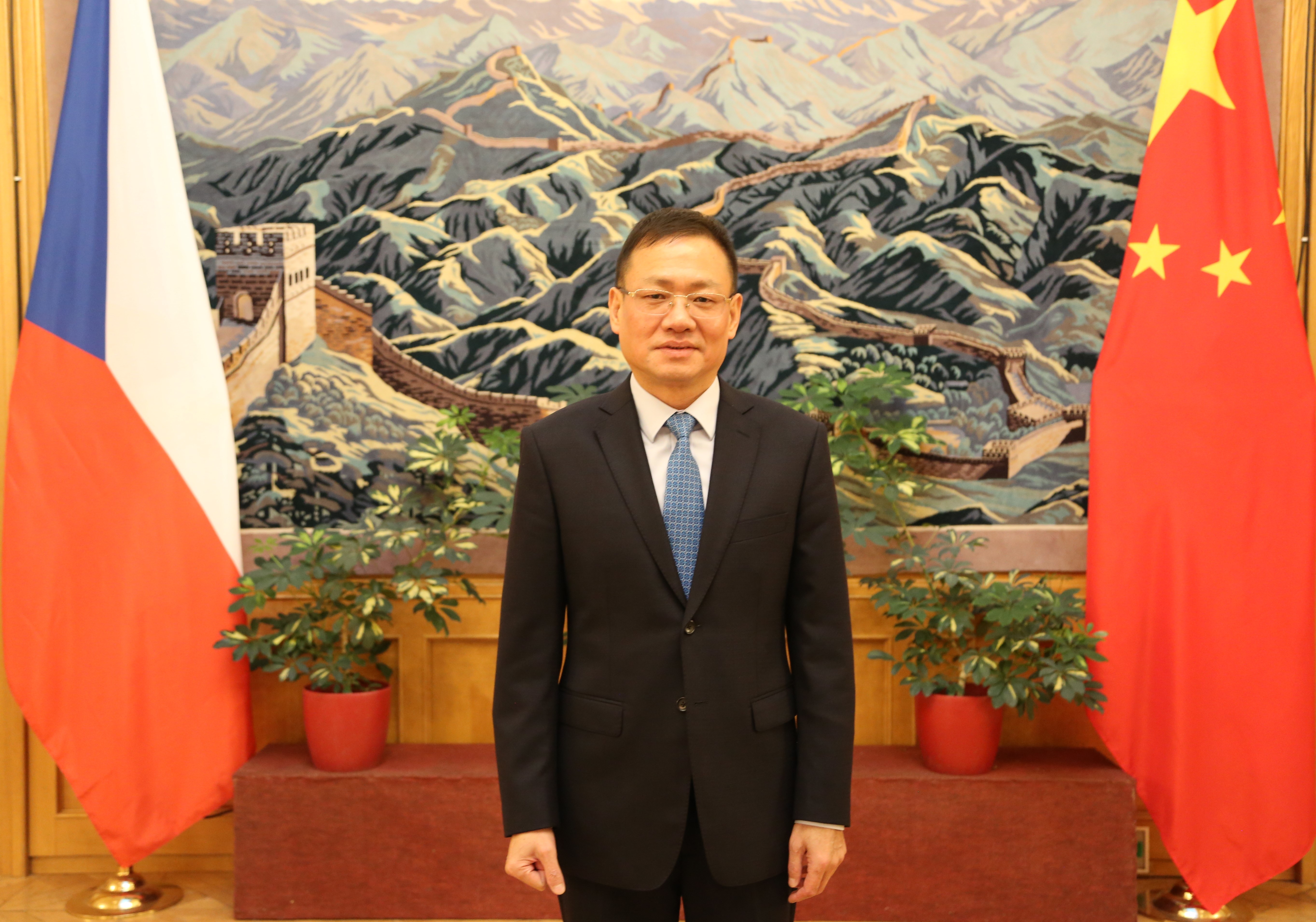| Tibetan Publishers Foster Cultural Understanding |
| 2008-06-16 00:00 |
| Sitting in his office in Beijing piled with books in Tibetan and Han Chinese, Nanjia Cairang, an editor for the China Tibetology Publishing House (CTPH), recalls the frustrations two decades ago when his only reading material in middle school was a local children's newspaper published once a month. "The only copy of the newspaper was passed around the class of 30 students so that sometimes I could only touch it and have a quick glimpse," says Nanjia, 32, a Tibetan from Huangnan Tibetan Autonomous Prefecture in Qinghai Province. After graduating with a doctorate in Tibetology from the Central University for Nationalities in 2007, Nanjia was attracted to work at the CTPH to publish more Tibetan books to promote Tibetan language and culture so that young Tibetans would not repeat his experience. Established in 1986, the CTPH has released more than 600 categories of books on Tibetology research, ancient historical data and modern books on religion, literature, poetry, artistic theory, and grammar, 60 percent of which are in Tibetan. Nationwide, eight ethnic publishing houses, including the Tibetan People's Publishing House, the Qinghai Ethnic Publishing House and the Gansu Ethnic Publishing House, had published more than 6,000 categories of books in Tibetan on Tibetan history, religion and other topics by 2007. In total, an estimated 130 million copies of 11,400 categories on Tibet both in Tibetan and Han Chinese had been published, and 23 kinds of newspapers in Tibetan and Han Chinese with 55.5 million editions printed by 2007. The days are gone when books were rare in Tibetan-speaking areas and reading was considered a privilege for few. Before its peaceful liberation in 1951, there was no publishing industry in Tibet. Many valuable works had only one or two handwritten copies. They were reprinted on wood blocks, and their distribution was strictly limited. Only after the founding of New China were ancient Tibetan books and documents, for the first time, carefully saved, categorized, published and widely distributed. Statistics from Tibet Press & Publishing Bureau show the output value of the Tibet publishing industry in 2007 reached 380 million yuan (54.3 million U.S. dollars) with a 12 percent year-on-year growth, accounting for 1.2 percent of the local GDP. "The support from the central government to the development of Tibetan culture and education can best be demonstrated by the publication of Tibetan books," says Chuai Zhenyu, deputy director of the Research Institute for Ethnology and Anthropology of Chinese Academy of Social Sciences (CASS). "This is unprecedented." The central government has invested more than 40 million yuan (5.94 million U.S. dollars) since 1986 in collating and publishing Tibetan Tripitaka, including the Kanjur (the translated scriptures), and the Tanjur (the translated elucidating treaties), which are considered the encyclopedia of Buddhist culture. "All these efforts would help promote Tibetology and enable Chinese experts to have greater influence in international Tibetology research, which is now mainly dominated by Western experts," says Zhou Hua, head of the CTPH. Aside from publishing books on Tibet studies, the CTPH also prints books on basic husbandry and farming skills, and legal and scientific knowledge to hand out to herdsman for free. "When I did my research in Tibetan areas several years ago, I was touched by how curious Tibetans were about the outside world, but how few materials they had," says Zhou, a Tibetan who was born in Gannan Tibetan Autonomous Prefecture in Gansu Province. He remembers seeing a Tibetan-Han Chinese dictionary, published by the CTPH and sold at below cost, put between the desks of two Tibetan village teachers, because they could only afford to share one. When he visited a herdsman's house, he found him reading his child's textbook, hoping to find some tips for herding. "All of this made me think they urgently needed books that could help them cope with daily life," Zhou says. "It is an effective way to liberate their minds while still respecting their culture. It is not contradictory." He recalls the excitement of a herdsman who learned about the moon-orbit program from a book, even though according to Tibetan culture, the moon is sacred and cannot be intruded on. More important than protecting the right of minorities to appreciate their traditional culture and habits is to educate more Han Chinese on Tibetan culture and to respect it, Zhou says. So the CTPH also produced books in Han Chinese to interpret and introduce Tibetan culture. "It would be helpful if more Han Chinese knew that Tibetan Buddhism originated from the coexistence of different cultures and the essence of Tibetan culture values harmony and openness to other cultures," says Nanjia. Zhou Hua agrees: "Culture has no boundaries, nor is it divided into backward or advanced. We can take good parts from both sides. "With Tibetan people knowing more about the outside world and more Han Chinese understanding and appreciating Tibetan culture, mutual understanding and respect can develop and unnecessary conflict can be avoided." |
|
||||||||||||||||
| ||||||||||||||||
|
|
||||||||||||||||







